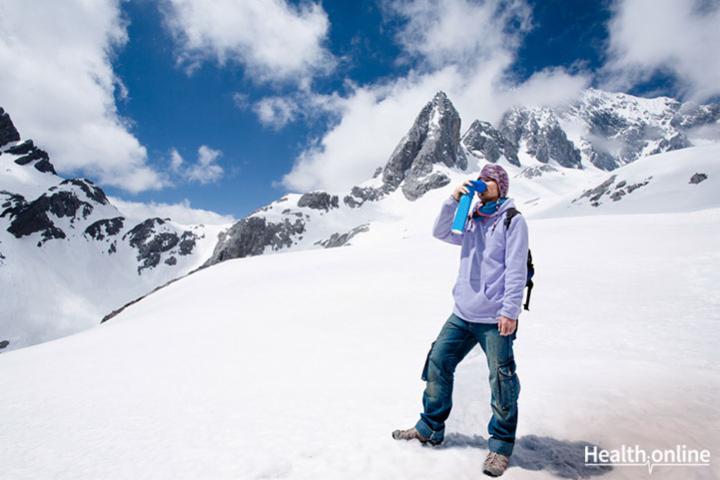
Types of Altitude Sickness
If you’re someone who loves adventure and heights, then it’s important for you to know about altitude sickness treatments, to avoid some of the side effects of high elevations or altitudes.
What is Altitude Sickness?
Altitude Sickness is also termed as “mountain sickness.” These are a group of symptoms that can hit you when you walk up high altitudes or high elevations too quickly. Barometric pressure is the pressure of air that surrounds you. Hence, when you travel to higher altitudes, the pressure drops down, decreasing the levels of oxygen. So, if you are traveling to a place at a higher altitude, your body will require time to adjust to the change in air pressure. People who travel to places above 8,000 feet could be facing altitude sickness, and hence you must be aware of altitude sickness treatments.
Recommended Read: How To Deal With Altitude Sickness
Types of Altitude Sickness
There are three types of altitude sickness that you could face when traveling to higher altitude places.
- Acute Mountain Sickness (AMS)
This form of sickness is the mildest and most common form of altitude sickness. The symptoms you could experience include dizziness, muscle aches, nausea, and headache. - High Altitude Pulmonary Edema (HAPE)
This form of altitude sickness is dangerous since it causes a buildup of fluid in the lungs which could be life-threatening. - High Altitude Cerebral Edema (HACE)
High altitude cerebral edema happens when there are fluids present in the brain. You will need medical attention immediately if you suffer from High Altitude Cerebral Edema.
Symptoms of Altitude Sickness
Some of the symptoms of Altitude sickness are a headache, dizziness, fatigue, loss of energy, nausea, vomiting, shortness of breath, reduced appetite and sleep issues. These symptoms usually show up within 12 to 24 hours of reaching the location. However, in moderate cases of altitude sickness, your symptoms may not improve at all with medication and would get worse with time. You could experience shortness of breath, trouble walking, loss of coordination, fatigue, severe headache or even tightening of the chest. When you suffer from severe altitude sickness, it includes symptoms such as confusion, cough with a white or pink frothy substance, shortness of breath or coma.
Altitude Sickness Treatments
Here are some of the altitude sickness remedies you should follow and these altitude sickness treatments will help you get the required medical attention immediately.
Recommended Read: Travel Tips: How to Stay Healthy While Traveling
- Descend to Lower Altitudes
If you suffer from a mild form of altitude sickness, you could stay where you are and watch if your body adjusts to the change. However, if your symptoms get worse, or do not get better within 24 to 48 hours, you should descend to lower altitudes and seek medical attention. In severe cases, the person should be taken down to at least 1,500 to 2,000 feet, or even lower, till symptoms start to go away slowly. Even in mild situations, you should not go any higher till your symptoms go away completely and your body adjusts to this change. - Treat Symptoms Immediately
Treat your symptoms immediately. If possible someone should help to provide oxygen. You must rest well and keep yourself warm. Also be sure to drink a lot of fluids. - Seek Medical Attention
If mild symptoms still persist after your descent, then seek medical attention. A safe option, while traveling to higher altitudes, is to walk up slowly and gradually so that your lungs get sufficient amount of oxygen which is carried to different parts of your body.
Keep yourself updated with the latest on Travel Health . Like us on Facebook and follow us on Twitter for more on Health , Diet & Nutrition and Fitness . Also, check out our Health Tools and try out our health-related Quizzes .




